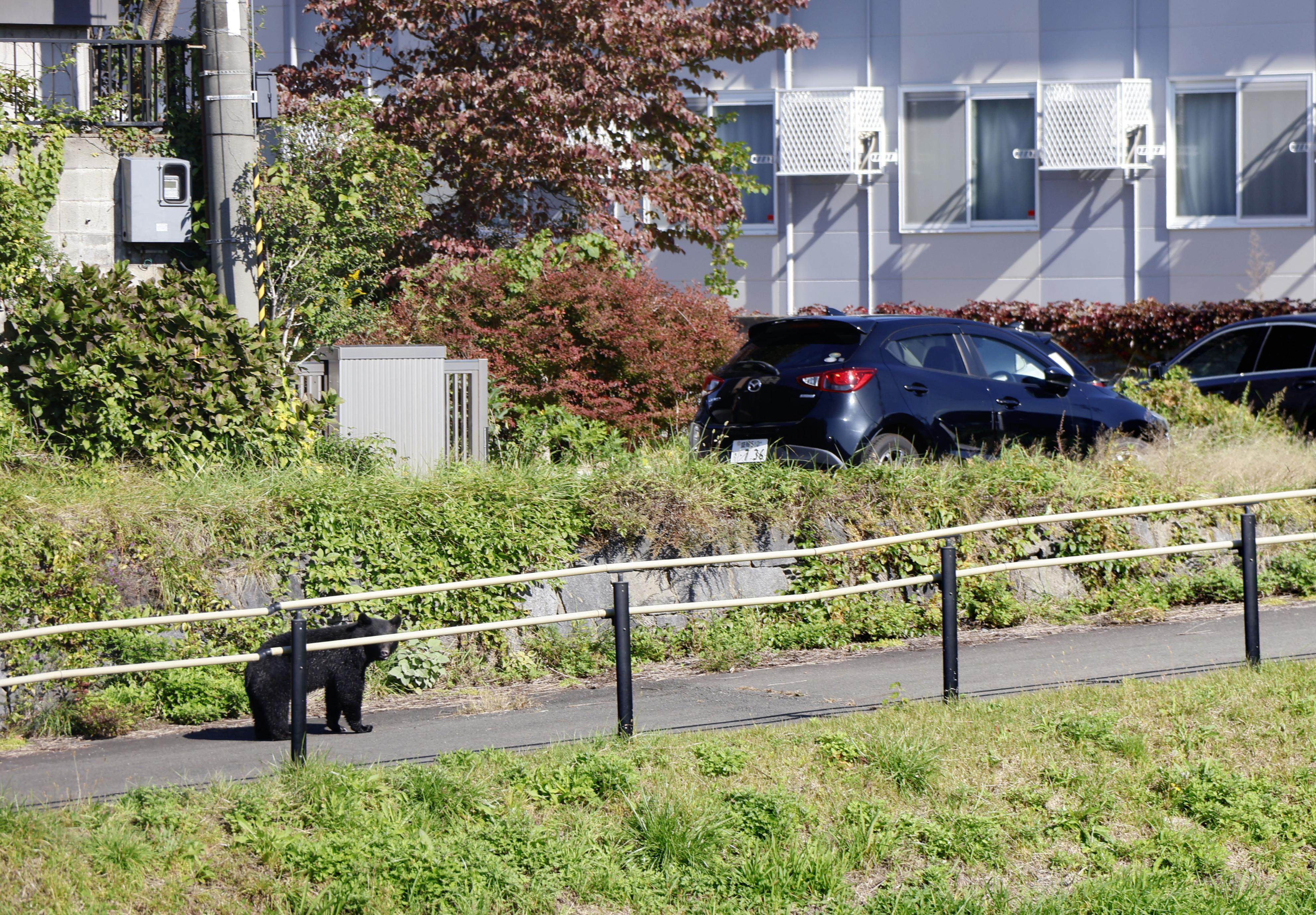Copyright scmp

Japan’s Self-Defence Forces (SDF) will deploy units to the northern region of the country to help protect locals from bears, amid rising cases of attacks and a growing sense of “crisis”, according to authorities. There have already been a record 10 fatalities across the nation this year. Defence Minister Shinjiro Koizumi on Monday said he was looking into the possibility of sending troops to Akita prefecture in response to requests from the prefectural government, with officials in Tokyo confirming later in the day that the decision had been approved. The ministry said the troops would provide logistical support, such as setting up box traps and transporting bears that had been euthanised. It emphasised that military personnel would not be permitted to use their firearms to shoot bears and that task would continue to fall to professional hunters. On Monday, police summoned by anxious relatives to a house in Iwate prefecture, northeast of Tokyo, found a body that had sustained extensive claw and bite wounds. The same day, the body of a woman in her 80s was discovered in a drainage ditch on the outskirts of Akita City. The woman had suffered severe injuries across her entire body, police told local media, and authorities are searching for a large bear that had previously been seen in the area. Elsewhere in the prefecture, four residents of the village of Higashinaruse were attacked by bears in the garden of a home of an elderly couple on Friday. A woman who had been picking fruit was killed and the three other people sustained bites and scratches. At least 78 people have been injured or killed in bear incidents so far this month, significantly higher than the previous record of 73 clashes reported in October 2023. Akita had the highest number of incidents at 35, followed by 10 in Iwate and eight in Fukushima. On Sunday, Akita Governor Kenta Suzuki issued a plea for assistance from the national government and for the military to be deployed to counter the unprecedented spike in attacks. “Exhaustion on the ground is reaching its limits,” the governor said in a social media post. The prefecture is also providing updates on incidents and prevention measures on its website, blaming the increase in incidents this year on a poor harvest of beech nuts in the bears’ mountain habitats. This has encouraged bears to expand the areas where they search for food before they go into hibernation, bringing them closer to areas of human habitation. A study conducted by the Asahi newspaper and published on Monday showed that while the most common image of a bear attack involved an encounter between hikers or people gathering forest vegetables, most of the attacks this year had been in suburban areas. Of the 172 people injured or killed in bear attacks between the start of the financial year on April 1 and October 22, 66 per cent took place in “residential areas”. Akita prefecture is calling on local residents to take precautions, such as making a noise to scare bears away, informing authorities as soon as a bear is sighted and not leaving food in accessible places. The surge in incidents is, however, causing concern across parts of northern and central Japan that are home to bears. “I live in an area where there are bears and I’m scared,” said one message linked to an online story by the Asahi Shimbun newspaper. “I try to be as careful as possible every day, but I do feel a sense of relief when I hear that one has been shot. But I also know that rising temperatures and a lack of rain are causing the bears to run out of food,” the post added. “I hope that ways to separate the bears’ habitats from residential areas can be found.” The Nature Conservation Society of Japan said it had no objections to the government’s plan to deploy troops to Akita prefecture to help protect residents. “We have been told that the SDF will not be using its weapons so they will not be killing bears themselves. We think this is the right course of action as they are not trained in hunting or killing bears,” an official told This Week in Asia. “The SDF will be providing backup assistance by moving equipment and personnel around in the area and so far we see no reason to oppose this,” said the official, who declined to be named. The official also declined to comment on possible longer-term solutions to the problem of bears encroaching into areas inhabited by human populations. Experts say bear numbers have increased dramatically in recent years as there are fewer hunters in rural areas to keep populations down. The downside to more bears, however, is greater demand for food and, when that is not available, the bears expanding their territories into more inhabited districts. Alarm over bears has claimed another casualty, with the makers of the film Higuma! (“Brown Bear!”) postponing its release until January. The film tells the tale of a group of young people stuck in the wilderness of Hokkaido being confronted by a bear. In one scene, the bear rips one of the victims’ arms off. A preview screening was held on October 7, but three people were found dead just days later in Iwate prefecture, all apparently the victims of bears.



